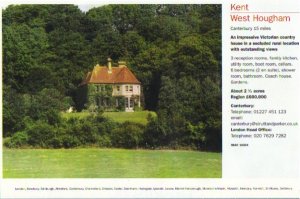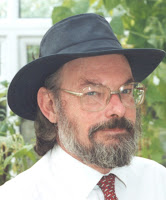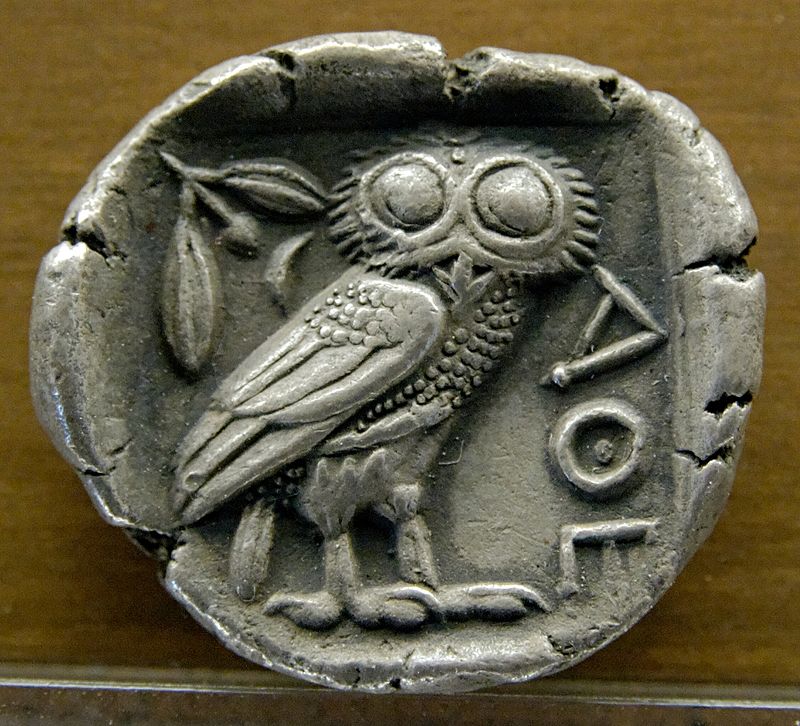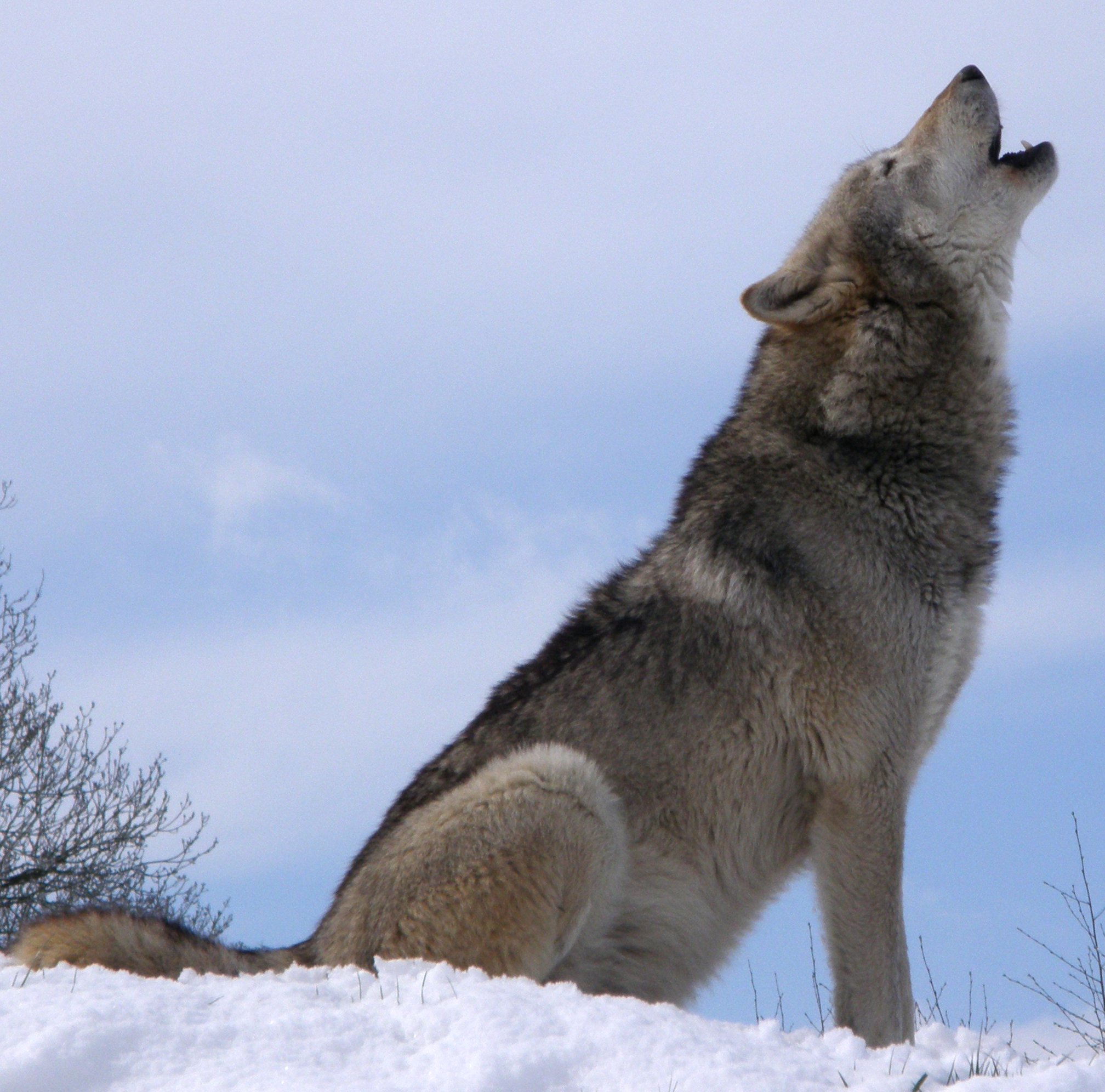Today, a treat! Dr. John Yeoman joins us from
Writers' Village, a blog dedicated to helping writers succeed. Holding a PhD in Creative Writing, John is the author of eight humour books, tutors at a UK University and judges for the Writers’ Village story competition. If you like, he offers a free 14-part course in writing fiction for profit on his
website. If you've ever been interested in entering writing contests, this site might be a good starting point, especially for UK writers.
Now I'll turn things over to him, so read on!
~ ~ ~
Want to Write a Best Seller? Change Your Mind!
Teenagers know better than we do, how to write great stories. Sounds absurd? We’re experienced authors, right? We know the craft tricks. We’ve pounded the keypad all our lives...
Yet, it’s true. Because young people often have a freshness of experience that we can’t match. Simply, they don’t know enough as yet. And that’s their gift.
Of course, they might not be great shakes at grammar or punctuation. That’s dog work. It’s quickly learned. What they have, most of them, is a freshness of perception. And we can’t match it.
Perhaps we had it once. Then we lost it, around the time our teacher slapped us down for telling lies. Or we set our hearts on some literal-minded discipline like chemistry or bricklaying.
But maybe it’s still there, whimpering at us like a child locked in a closet. If we’re creative writers, we can hear it...
To see the world as it is, without labels, is the gift of genius. Maybe William Blake had it. For him, to describe a tree as an angel was not just a metaphor. He actually saw an angel.
Hemingway had a similar gift. He didn’t see angels, of course. He saw the bedrock of experience, stripped of its metaphors. He found the words to describe what he saw. Then he stripped off a thousand superfluous words for every word he used.
Can we find that freshness in our own writing?
Sometimes. There’s a trick to it. I teach creative writing at a UK university. As an exercise, I ask my first-year students to wander around the campus for 20 minutes. Stop at random, I say. Just stop for five minutes and look at what’s in front of you. (Be discreet, I tell them...)
Pretend you have never seen that thing before. Use all your five senses to perceive it. Then come back and write a few lines to describe what you perceived.
I tell them: “You can’t just write: ‘I saw a mop propped in a bucket.’” That’s journalism. Bring out the essence of that mop.
Some students ‘get’ it.
“The mop gazed at me like an old man with a grey beard and rheumy eyes.” “The garbage bin was an Aztec god. Cigarette butts lay around it, ritual offerings.” “Parked cars steamed in the forecourt. Beetles with bright carapaces. Roaches stained with rust. Everywhere, the tangled antennae of bicycles.”
Annie Proulx does this in
The Shipping Forecast. Every line glows with epiphanies. Maybe she does it too much. The book screams: “Look at me. Don’t I write well?” David Lindsey gets it right in
A Cold Mind. Among the routine squalor of a murder hunt, Lindsey hits us
 trying out a yoke to carry waterFor Mother's Day, I told my family, I wanted one thing: a research trip.
trying out a yoke to carry waterFor Mother's Day, I told my family, I wanted one thing: a research trip.
For my current project, I wanted to experience frontier life in the Virginia/West Virginia area. So we headed off to the Frontier Culture Museum, which is about two-and-a-half hours south of DC.
As I recently wrote in this blog, I love to experience the settings that inspire my novels. This was a great way to crawl back into history and experience it directly. The Frontier Culture Museum has real (relocated and reconstructed) homes that tie to different parts of Virginia's frontier history. They've got part of a West African village, homes from England, Ireland and Germany, and then three American homes too.
The homes are furnished according to the time, and many have costumed interpreters that know a LOT about the home they are in--as well as the history of that time. I think one of my favorite things was watching a man play a hummel--a German "peasant" stringed instrument. He was excellent. Every single interpreter taught me something new, and they were game for any question. Which was good, because Little Dude's stock question at each house was "where do you go to the bathroom?" (Actually that led to some fascinating discussions!)
 If you can make it to Virginia and you're working on a story that involves 1700s or 1800s Ireland, England, Germany or America, this is a fantatic place to go. I guarantee your story will be much richer for it.
If you can make it to Virginia and you're working on a story that involves 1700s or 1800s Ireland, England, Germany or America, this is a fantatic place to go. I guarantee your story will be much richer for it.
They also have a great bookstore. I've got a pile of books to work through. My poor family will also likely be subjected to some fine frontier cooking, thanks to my new Log Cabin Cooking cookbook. My only regret? That we didn't buy the game Little Dude played with an interpreter, "the graces" (at left). He LOVED it. I didn't tell him it was typically played by girls to make them more graceful!
By happy accident, I discovered the way to travel interstate, overseas, inter-culturally and explore the ambience of remote towns, cities, country lanes and outback outposts. Air tickets – well that’s the ideal, but no, I used Google Earth.
It started with my trying to locate a lovely country home in West Hougham, Kent, England. It was featured in Country Life for September 7th, 2000, and was the

Inspiration for “The Dolls’ House in the Forest”
inspiration for my story “The Dolls’ House in the Forest”. I was fascinated by the quaintness of the architecture compared to anything out here in Oz and the size of the immense, almost regal trees forming a perfect backdrop to the house. I tried to relocate the house by doing a ‘street view’ saunter down English lanes in the vicinity. I located the area on the map and zeroed in from aerial to ‘here I am virtually walking down this street on the other side of the world the environs of which I just happen to need to explore.’
I didn’t find the house, but I had the most wonderfully inspiring time wandering down country lanes that were little more than wagon tracks, great boughs canopying overhead and wildflowers dotted in the fields…
Now, if I need to capture something of the ‘feel’ of an area. I seek out an address. Then in I go and wander around, exploring the architecture, streetscapes, lifestyles evidenced in things as random as street art, verge gardens, bus stops, signage, graffiti, shop window decor, fences or lack of, litter, strays and the bystanders to my wanderings.
I have also found that exploring the Realtor advertisements in the area I am exploring gives insight into the inhabitants of the town. Many homes give a slideshow or even a video tour online. This helps you pick up on details of life – home decor, layout, from wall hangings to cushions, scatter rugs to artwork, the placement of chairs to take in a much loved outlook, the windows and their views out, the garden.
Perhaps this sounds a little bit the voyeur. It is not the intention, far from, it is seeking faithfulness in recreating a ’feeling’ for place. It is gathering the elements of story , setting the stage, arranging a convincing backdrop to the action!





 2 Comments on Researching the environment of story, last added: 5/23/2012
2 Comments on Researching the environment of story, last added: 5/23/2012


















I write because I love it. Approaching it with a fresh new eye each time is something I love to do. To stretch my creative horizons. Thank goodness for beta readers, because they let me know if I nailed it or not.
I'm a total sucker for a unique turn of phrase. I've got a little notepad full of phrasings I've read in books that caught my eye (ear?). Seeing the new ways that other authors were able to write inspires me to keep trying, keep looking at things from new angles to come up with something fresh. Thank you, Dr. John!
I love great creative phrasing and description. Perhaps because it's so hard for me. But as said in post, there needs to be a balance. All beautiful language and I'll move on to something else.
Dr. John Yeoman offers an excellent writing course.
I entered one of his writing contests. Although I didn't win, I received a wonderful and helpful critique which has improved my writing.
The Writer's Village is the only contest I know of that provides invaluable feedback.
Thank you, Dr. Yeoman for the awesome writing tips.
Tracy
Thanks for that very interesting and instructive post, John. I was lucky enough to have one of my stories commended on Writers Village in the past and I appreciated the critique for another.
Thank you so much, Tracy and Rosemary. It's wonderful to hear from you and I truly appreciate your kind comments.
I'd love to hear from other writers too. Keep commenting here and I'll keep replying!
Lovely and inspiring post. So very well said. I'm working on that very thing right now in my current wip, going in and trying to freshen up the language. And cutting like crazy.
Creating vivid writing is something I struggle with as well. I am still trying to find the magical point between sparse and purple. :) I tend to write economically, but worry sometimes it might be too plain.
Great guest post and very helpful. I know many have said that writing poetry helps them better connect to describing in detail. I envy writers who can manage lyrical prose that doesn't feel heavy handed. It is such a skill!
Happy writing, everyone and thanks for the comments!
Angela
Great post. I love when writers observe their worlds with fresh eyes and I embrace the times when I fall into that place in my own writing. However, it's true that a little bit of poetic description goes a long way.
I've been thinking about framing this week, actually, so this is timely! One thing that's helped is this book called The Emotion Thesaurus. Perhaps you've heard of it. :)
Happy weekend!
True, Angela. Too much fine writing yells 'look at me'. The trick is to slide it in so the reader feels ' wow, I didn't know I could think so beautifully!' It's a trick and we're all still working on it :)
Mr. Yeoman I want to thank you for this awesome post! I'm 19 and looking to start a novel of my own. My high school AP English teacher always said I was a good writer but it never occurred to me to actually have fun with my writing and try to come up with a good story. I've had it in me to start one lately and this has inspired me to actually put forth the effort! So again, thank you sir for the motivation you've stirred up in me! I'm looking forward to keeping up with the blog!
Good luck to all the writers out there! I hope to one day read some of your work!
Cheers!
-An Aspiring Writer
Approaching writing with a fresh eye can determine whether we find the spark we're looking for in a piece we're writing. Thanks for the reminder to look with the imagination of a child.
I like your statement about teenagers writing more creatively - even though I never thought about it. I have four kids between the ages of 18 and 24 and their writings always impress me. They write in a whole different voice than I do and I find it refreshing....
Great post! I try to do this when I write, to stop and consider the scene with all five senses. I often forget, though. Need to do it more often, most definitely.
Its nice to meet John and read this interesting post.
It's curious that you point out that the younger folks have better ideas for great stories. I agree that their perception is different due to their lack of experience; however, I think that the real question becomes how can we maintain and encourage that fresher perception?
It's been my experience (both as a student and a teacher) that there isn't enough focus on creative writing in public schools (in the US, anyway). These days, it seems that everything's geared towards standardized tests and spitting back facts. I wonder what the outcome would be if we encouraged that creativity all throughout the mandatory schooling.
You say that some university students 'get it'. I assume others do not. That makes me wonder - is "creativity" an innate trait, or is it something that can be "taught" if we do, in fact, decide to make it a priority for younger students?
(Oof, that got more rambly than I expected!)
Thea, that's an interesting question: is creativity an innate trait? Yes, I think it is, up to a point. I have seen one or two journalism students in tears because they simply could not do the 'epiphany' exercise. They could not switch off their literal minds long enough to perceive an object as it 'is', rather than how it's labelled.
They sometimes managed a workaround, a retreat into metaphor. Result: more labels.
Yet other students 'got' it instinctively.
Perhaps it has something to do with left versus right brain thinking? Or is that just more labels?
Labels are how our brains make sense of the complicated world we live in. They have their place, although I do think they can be overused. Americans (and I can say this with some authority, as I am American) seem way too fond of putting things in neat boxes.
I tend to think in literal way and this presents a challenge in fiction writing. Coming up with those turns of phrase that fall, as Angela said, between sparse and purple can be pretty hard when you naturally get to Z by progressing sequentially from A to B to C, etc.
Reading others' works is very helpful though. I've seen some paragraphs that make me go 'w-o-o-o-w-w-w!' Always makes me wonder how much blood, sweat and tears went into it!
Well said and true. Thank you!!
Great advice for actively seeking an original perspective instead of passively waiting for the muse to strike. Can't wait to try out your ideas!
This was the inspiration I needed to get writing again. I feel at a sudden advantage, being a young (sixteen year old) aspiring writer. Thanks for the jolt of confidence!